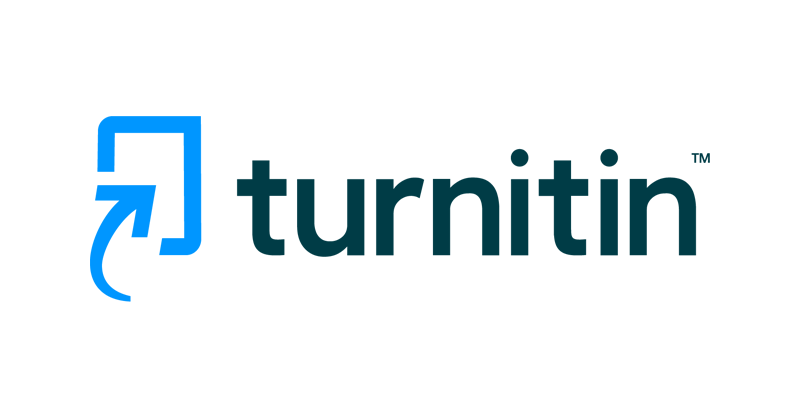RANCANG BANGUN SOLAR SEL UNTUK PEMANAS AIR OTOMATIS DENGAN SISTEM IoT BERBASIS ARDUINO UNO
Keywords:
Solar sel, IoT, Heater, Arduino Uno, Ethernet ShieldAbstract
In the modern era, automation is one of the most popular and growing technologies, especially in the application of household appliances. At home, automation is very much needed so that users no longer bother to turn on, turn off and adjust according to the wishes of an existing electronic device. One way this is done is by utilizing solar energy which is converted into electrical energy with the help of solar cells. Solar cells are placed in locations exposed to sunlight. Solar Water Heater is a water heater by utilizing solar energy captured by solar cells as a source of heating energy, where the voltage is stored in the battery. The reason it is stored in the battery is so that it can be used whenever needed, such as when the power goes out. When the water will be heated, the battery will supply electrical voltage to all systems, then Arduino functions as a water pump controller, heater and DS18B20 temperature sensor while the ethernet shield functions as a link between Arduino and the computer where the temperature will be regulated via the web. After testing and measuring the design of this system, several conclusions were drawn, the increase in the battery charging voltage during the heat is 0.054V every 10 minutes for 51 minutes. The initial voltage is 12.26 V to 12.51 V. The time it takes for the heater to heat 12 liters of water from an initial temperature of 30˚C to 40.19˚C is 50 minutes.
References
[2] H. Kristomson, S. Rosalia, and G. Ferrianto, “Sistem Keamanan Ruangan berbasis Internet Of Things dengan menggunakan Aplikasi Android,” TESLA, vol. 20, no. 2, pp. 127–134, 2018.
[3] F. Rozi, H. Amnur, Fitriani, and Primawati, “Home Security menggunakan Arduino berbasis Internet of Things,” INVOTEK, vol. 18, no. 2, pp. 17–24, 2018.
[4] P. Bambang, E. Puspitassari, and P. Edy, “Pengaruh Waktu Operasi terhadap Intensitas Cahaya Panel Surya PJU,” in Prosiding SNIT, 2017, vol. 3, pp. 89–93.
[5] S. Yuliananda, G. Sarya, and H. Retno, “Pengaruh Perubahan Intensitas Matahari terhadap Daya Keluaran Panel Surya,” J. Pengabdi. LPPM Untag Surabaya, vol. 1, no. 2, pp. 193–202, 2015.
[6] I. S. Widharma, I. Sunaya, I. M. Sajayasa, and I. Sangka, “Perancangan PLTS sebagai Sumber Energi Pemanas Kolam Pendederan Ikan Nila,” VASTUWIDYA, vol. 3, no. 2, pp. 38–44, 2021.
[7] A. Junianto and S. Riyadi, “Perancangan Pemanas Air Tenaga Surya Pasif Kapasitas 20 Liter,” J. Media Teknol., vol. 6, no. 1, pp. 185–194, 2019.
[8] R. Subarkah and Belyamin, “Pemanas Air Energi Surya dengan Sel Surya sebagai Absorber,” Politeknologi, vol. 10, no. 3, pp. 225–231, 2011.
[9] A. Tangkemanda and T. A. Susanto, “Optimalisasi Kinerja Solar Water Heater dengan Pemilihan Material Kolektor Surya Pelat Datar,” in Prosiding Seminar Hasil Penelitian (SNP2M), 2017, vol. 2017, pp. 47–52.
Downloads
Published
Issue
Section
License
Copyright (c) 2021 eva eva

This work is licensed under a Creative Commons Attribution-ShareAlike 4.0 International License.






